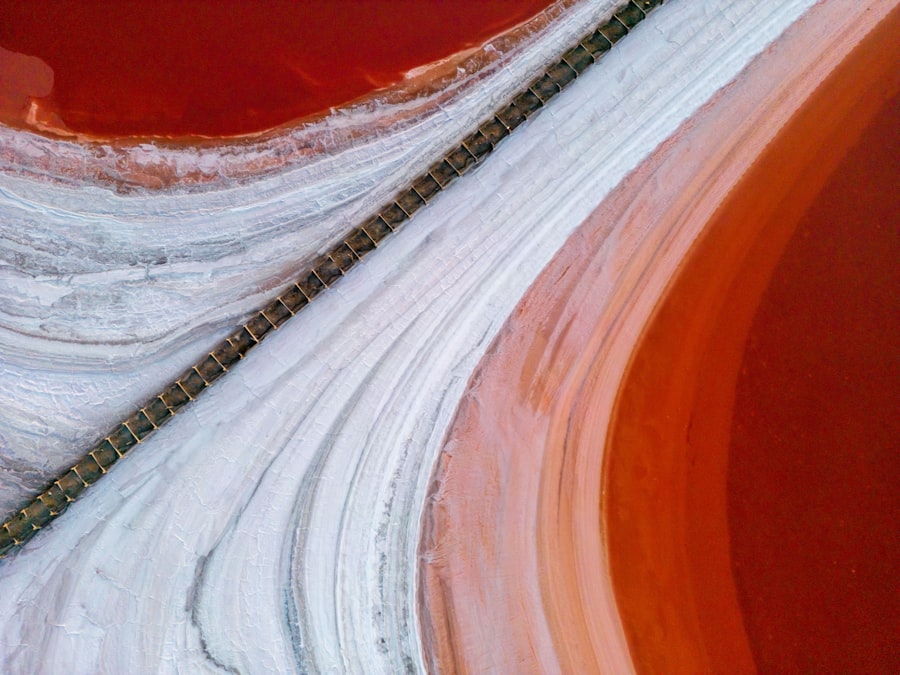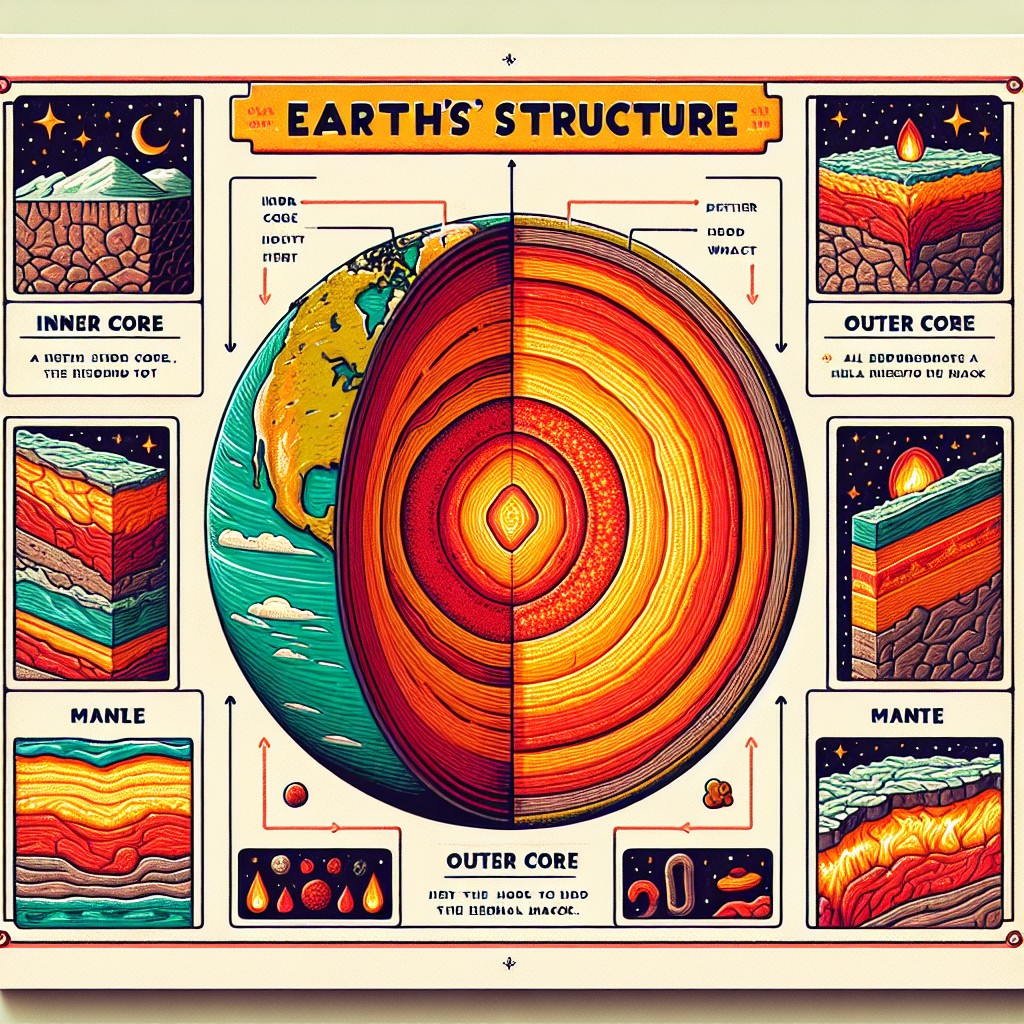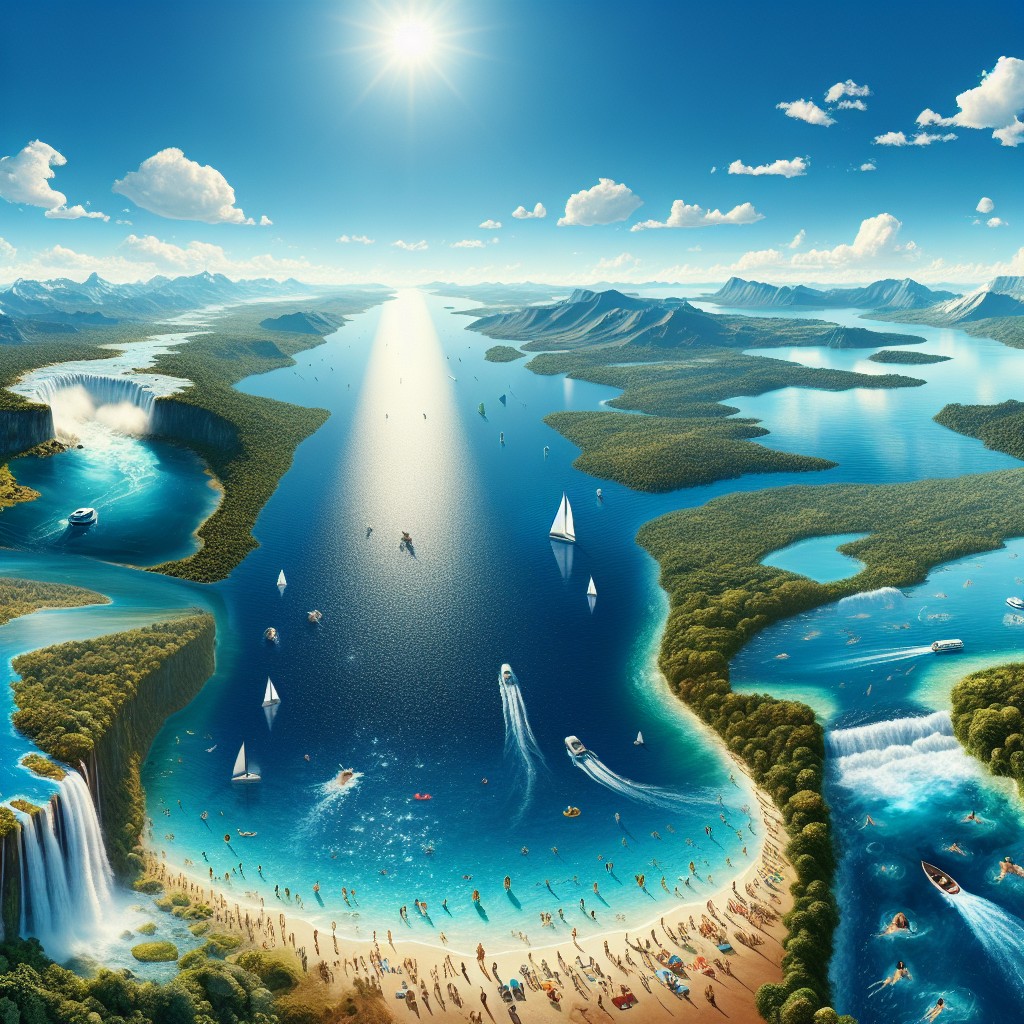The Dead Sea, a remarkable body of water situated at the lowest point on Earth, has captivated the attention of scholars, tourists, and health enthusiasts alike for centuries. Nestled between Jordan to the east and Israel and Palestine to the west, this saline lake is renowned not only for its extreme salinity but also for its historical and cultural significance. The Dead Sea is a unique ecosystem that has been shaped by geological processes over millennia, resulting in a landscape that is both stark and beautiful.
Its waters, rich in minerals, have been sought after for their therapeutic properties, making the Dead Sea a focal point for wellness tourism. The name “Dead Sea” is derived from the fact that its high salinity prevents most aquatic life from thriving within its waters. This characteristic has led to a perception of desolation; however, the surrounding region is teeming with life and history.
The Dead Sea has been a source of fascination since ancient times, mentioned in biblical texts and revered by various cultures for its healing properties. Today, it continues to draw visitors from around the globe, eager to experience its unique environment and rich heritage.
Summary
- The Dead Sea is a saltwater lake bordered by Jordan to the east and Israel and Palestine to the west.
- It is the lowest point on Earth and is known for its high salt and mineral content, making it impossible for most forms of life to exist in its waters.
- The unique properties of the Dead Sea, including its high salt and mineral content, have made it a popular destination for health and wellness tourism.
- The Dead Sea has a rich history and cultural significance, with references in religious texts and ancient mythology.
- Tourism and recreational activities at the Dead Sea include floating in its buoyant waters, mud treatments, and spa experiences.
Geographic features of the Dead Sea
Geographically, the Dead Sea is an extraordinary phenomenon. It lies approximately 430 metres below sea level, making it the lowest point on the planet’s surface that is not covered by water. This unique elevation contributes to its distinctive climate, characterised by high temperatures and low humidity, which can create an almost otherworldly atmosphere.
The surrounding landscape is equally striking, with rugged mountains and cliffs that rise dramatically from the shoreline, providing a stark contrast to the stillness of the water. The lake itself spans roughly 50 kilometres in length and 15 kilometres in width, although its size can fluctuate due to evaporation and water diversion from the Jordan River, its primary tributary. The mineral-rich waters are known for their deep blue hue, which contrasts sharply with the white salt formations that line the shores.
These salt deposits create a surreal landscape that has inspired artists and photographers alike. The unique geography of the Dead Sea not only contributes to its aesthetic appeal but also plays a crucial role in its ecological and hydrological systems.
The unique properties of the Dead Sea

One of the most striking features of the Dead Sea is its extraordinary salinity, which averages around 30%—nearly ten times saltier than most oceanic waters. This high concentration of salt creates a buoyancy that allows individuals to float effortlessly on the surface, an experience that has become emblematic of visits to the region. The mineral composition of the water includes magnesium, potassium, and calcium, all of which are believed to have therapeutic benefits for skin conditions and other ailments.
In addition to its salinity, the Dead Sea is also notable for its high levels of bromine, which contributes to its unique properties. Bromine is known for its calming effects and is often used in spa treatments to promote relaxation. The mud found along the shores of the Dead Sea is rich in minerals and has been used for centuries in beauty treatments and therapeutic applications.
Visitors often indulge in mud baths or apply the mineral-rich mud directly to their skin, taking advantage of its reputed healing properties.
The history and cultural significance of the Dead Sea
The historical significance of the Dead Sea is profound, with references dating back thousands of years. It is mentioned in various ancient texts, including the Bible, where it is associated with stories of Sodom and Gomorrah. The region has been inhabited since prehistoric times, with archaeological findings revealing settlements that date back to the Neolithic period.
The nearby Qumran Caves are particularly noteworthy; they are famous for housing the Dead Sea Scrolls, a collection of ancient manuscripts that have provided invaluable insights into early Judaism and Christianity. Throughout history, the Dead Sea has served as a refuge and a source of inspiration for many cultures. The ancient Egyptians valued its minerals for embalming practices, while Roman historians documented its unique characteristics.
In more recent times, it has become a symbol of healing and rejuvenation, attracting visitors seeking relief from various ailments. The cultural tapestry woven around the Dead Sea reflects its enduring significance as a site of spiritual and physical renewal.
Tourism and recreational activities at the Dead Sea
Tourism at the Dead Sea has flourished over recent decades, with visitors drawn by its unique natural features and wellness offerings. The region boasts numerous resorts and spas that cater to those seeking relaxation and rejuvenation. Many establishments offer treatments that utilise the mineral-rich mud and waters, including mud wraps, salt scrubs, and therapeutic baths.
These experiences are often complemented by stunning views of the surrounding landscape, creating an idyllic setting for relaxation. In addition to wellness tourism, recreational activities abound at the Dead Sea. Visitors can engage in floating experiences that allow them to effortlessly drift on the surface while reading a book or simply soaking in the sun.
The surrounding area also offers opportunities for hiking and exploration, with trails leading to breathtaking viewpoints overlooking the sea. For those interested in history, guided tours can provide insights into archaeological sites and ancient ruins that dot the landscape. This blend of relaxation and adventure makes the Dead Sea a multifaceted destination for travellers.
Environmental concerns and conservation efforts at the Dead Sea

Water Diversion and Declining Water Levels
One of the primary concerns is the diversion of water from the River Jordan, which has drastically reduced the inflow into the lake. As a result, the water level of the Dead Sea has been declining at an alarming rate of approximately one metre per year, leading to increased salinity and environmental degradation.
Consequences and Conservation Efforts
Sinkholes have become a common occurrence along the shores due to this rapid decline in water levels. In response to these challenges, various conservation efforts have been initiated by governments and environmental organisations. Projects aimed at restoring water flow from tributaries and promoting sustainable tourism practices are underway.
The Future of the Dead Sea
Additionally, there have been discussions about constructing a canal from the Red Sea to replenish the Dead Sea’s water levels; however, such projects raise concerns about ecological impacts and feasibility. The future health of this unique ecosystem hinges on collaborative efforts to address these pressing environmental issues.
The economic importance of the Dead Sea
The economic significance of the Dead Sea extends beyond tourism; it is also a vital source of natural resources. The mineral extraction industry thrives in this region due to the abundance of potash and bromine found in its waters. These minerals are essential for various industries, including agriculture (as fertilisers), pharmaceuticals (for medicinal products), and cosmetics (in beauty treatments).
Companies operating in this sector contribute significantly to local economies by providing jobs and generating revenue. Moreover, as global interest in wellness tourism continues to rise, the potential for economic growth in this sector remains substantial. The unique properties of the Dead Sea attract visitors seeking health benefits, creating opportunities for investment in spa facilities and wellness retreats.
As awareness grows about sustainable practices within tourism and resource extraction, there is potential for a balanced approach that supports both economic development and environmental conservation.
The future of the Dead Sea
The future of the Dead Sea hangs in a delicate balance between human activity and natural processes. While it remains a site of immense beauty and cultural significance, ongoing environmental challenges pose serious threats to its existence. Collaborative efforts among neighbouring countries, stakeholders in tourism, and environmental organisations will be crucial in addressing these issues effectively.
As awareness grows regarding sustainable practices and conservation efforts, there is hope that innovative solutions can be found to preserve this unique ecosystem for future generations. The Dead Sea’s rich history and unparalleled properties continue to inspire awe; thus, ensuring its survival will not only benefit local communities but also maintain its status as a global treasure for all who seek its healing waters.
FAQs
What is the Dead Sea?
The Dead Sea is a saltwater lake bordered by Jordan to the east and Israel and Palestine to the west. It is one of the saltiest bodies of water in the world.
Why is it called the Dead Sea?
The Dead Sea earned its name due to the high salinity levels that make it difficult for most forms of marine life to thrive in its waters.
What is the salinity level of the Dead Sea?
The Dead Sea has a salinity level of around 34.2%, making it one of the saltiest bodies of water on Earth.
What makes the Dead Sea unique?
The Dead Sea is unique due to its high salinity levels, which allow individuals to float effortlessly on its surface. It is also known for its mineral-rich mud and water, which are believed to have therapeutic properties.
What are the health benefits of the Dead Sea’s minerals?
The minerals found in the Dead Sea, such as magnesium, calcium, and potassium, are believed to have various health benefits, including improving skin conditions, reducing inflammation, and promoting relaxation.
Can you swim in the Dead Sea?
Yes, it is possible to swim in the Dead Sea due to its high salinity levels, which make it easy for individuals to float on the water’s surface. However, it is important to avoid getting the water in your eyes or mouth due to its high salt content.
Is the Dead Sea shrinking?
Yes, the Dead Sea is shrinking at a rapid rate due to a combination of factors, including diversion of its water sources for human use and mineral extraction. Efforts are being made to address this issue and preserve the Dead Sea’s unique ecosystem.


